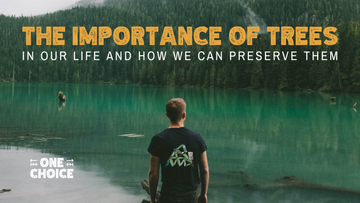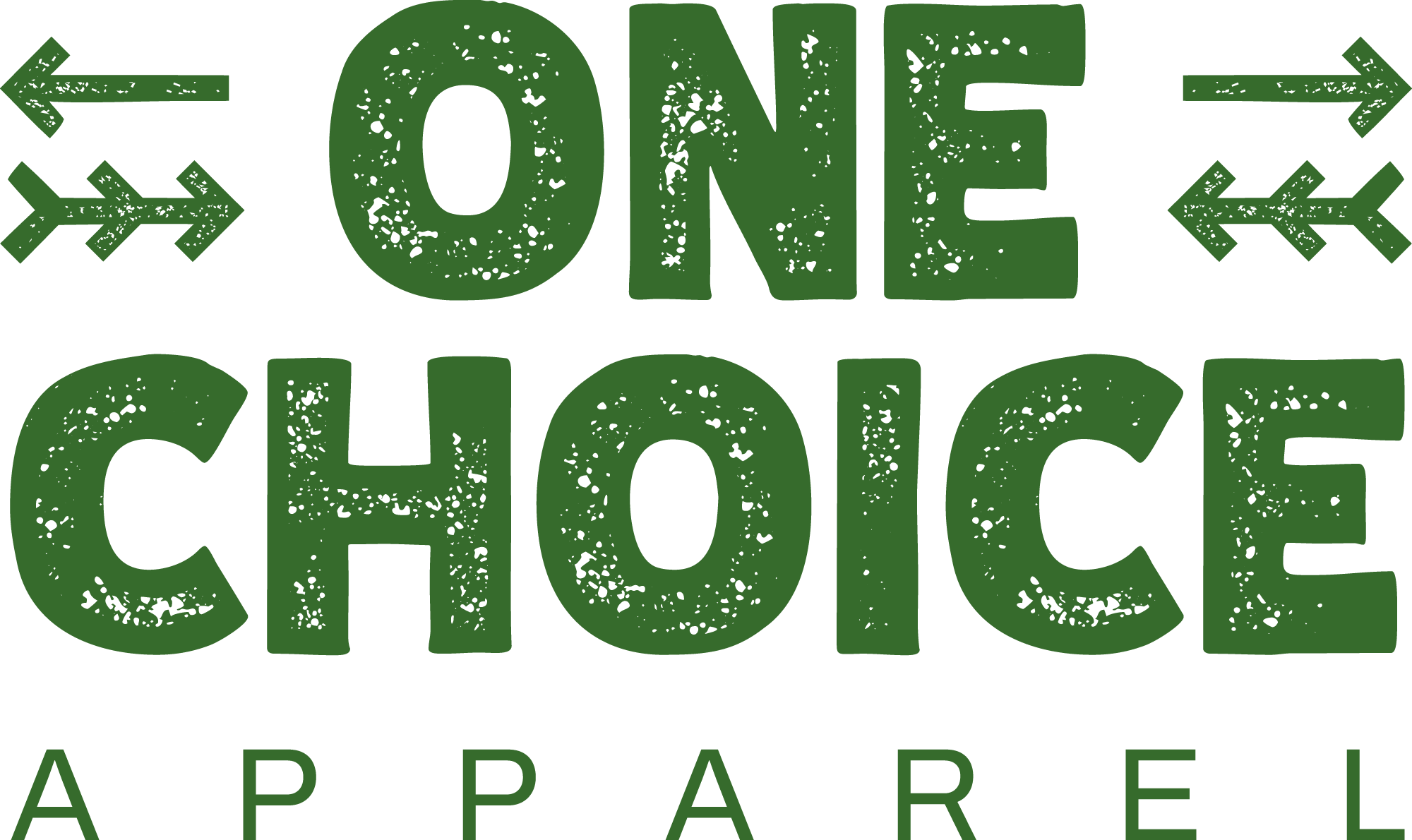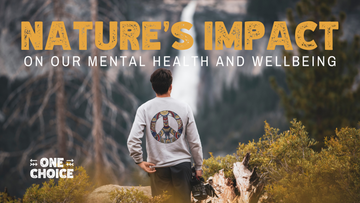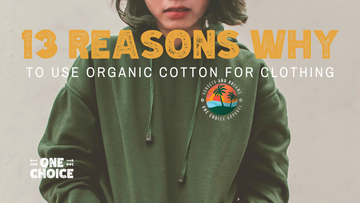The Importance Of Trees In Our Life And How We Can Preserve Them.
by Tauseeq Magsi on Apr 04, 2021

Since the beginning of the human race, trees and other forestation have been our essential life partners, providing us with oxygen and food. And as life evolved, we started to find new ways to use trees in our daily lives as tools, medicines, and shelter.
And as we enter a new age of the Anthropocene today, their importance continues to increase.
Forests try valiantly to keep our heavily polluted air clean, regulate our increasingly disrupted weather cycles, absorb greenhouse gasses like carbon dioxide and carbon monoxide, and keep our climate intact as a result.
It has been estimated that trees provide livelihood opportunities for 1.7 billion people, which counts for almost 20 per cent of the world's population. In addition, they house over 80 per cent of the world's flora and fauna, making them the most biodiverse ecosystem known.
Social And Communal Value:
Every community or society tries to grow trees outside their homes, parks, and playgrounds to create a peaceful, healthy, and aesthetic environment. It cannot be denied that trees improve our lifestyles by bringing in the element of wildlife into our homely, urban settings.
We find joy sitting in their cool shade as a breeze blows through our hair or as birds sing overhead. A lot of family and friends gather underneath to organize fun outdoor activities.
There are also numerous neighbourhoods that harbour trees that are hundreds of years old. These are often regarded as a source of pride and a historical landmark for that neighbourhood's residents.
Apart from this, planting trees over walkways, bridges, and roadsides helps reduce the amount of direct heat falling over them and creates an environment where people can sit or stand while also collectively lowering the area's temperature.

Environmental And Ecological Value:
Trees give back to their environment by providing the element most important for human existence: oxygen. They undergo the process of photosynthesis, taking carbon dioxide and turning it into oxygen. The US Department of Agriculture says, "One acre of forest absorbs six tons of carbon dioxide and puts out four tons of oxygen. This is enough to meet the annual needs of 18 people." Additionally, trees and other shrubs act as a filter for air by getting rid of dust and other pollutant particles, making it easier for our lungs to process the air.
Trees also help by moderating the climate. They help modify the sun's harmful effects, blocking out harmful UV light by making sure that the ozone layer is functioning properly. Leaves filter and absorb extra heat, providing that extra bit of coolness.
Trees are also extremely helpful in the winters. They help keep the environment warm by providing a shield from the strong gusts of wind coming from above. When it rains or hails, trees provide shelter that slows down the heavy pelting and curtails major damage.
We are all familiar with the greenhouse effect, which is carbon dioxide regulation, to provide a nurturing environment. Trees are the primary cause of this and reduce air temperature as a result of the process.
Trees are equally important for ecosystems that thrive below the ground. Their roots keep the soil intact, keeping erosion at bay. Moreover, they absorb rainwater that seeps into the ground, reducing sedimentary deposits and runoffs that are harmful to agricultural crops.
Flooding is also prevented by streamlining the flow of groundwater so it doesn't flush towards the surface. Fallen autumn leaves help in providing natural organic fertilizer.
When it comes to animals, trees are their habitat, their food, and their place for nourishment. Giraffes, elephants, and koalas are among the many ones that feed on tree leaves. Flowers are the food for monkeys, bees, and birds. It is needless to say that all the food that we so thoroughly enjoy comes from these trees.
Trees also help provide many animals with camouflage from other predators. Insects, birds, squirrels, and deer all lie low in trees to stay away from lions or hawks.

Spiritual And Personal Value:
Trees seem majestic and beautiful beings to us, displayed in their enormous variety of forms, shapes, colours, and textures. Their incredible strength and arduously long lifespan and stature present them with a monument like quality, which we look at with awe and wonderment.
Many of us find trees as signs of relaxed, pleasant, and comfortable feelings, a place where we can reconnect with nature. In fact, many people use their loved ones’ remnants to plant trees so they can return back to the earth where they came from.
A lot of religions hold trees in a highly sacred light. Some worship them; others see them as their reincarnated form. But everyone agrees that they are integral to humans existing and thriving on this planet.
Trees are also used as records for family history. They are a common element that grows with your ancestors and stays till many generations of your descendants. Many people like to visit old trees and think about how their grandparents spent time in these same trees, forming special bonds with them.

Commercial And Practical Value:
Trees enable a large variety of economic and practical uses. Their wood is used as fuel for homes, vehicles, power plants, and so forth. It is still used by over half of the world's population for heating and cooking purposes.
The most beneficial aspect of trees is their timber. It is used for constructing buildings and furniture, tools, equipment for sports, and numerous other household appliances.
Pulp from wood is then processed into paper, papyrus, clothes, and resin. Fruits from trees are part of a huge industry, and several countries' economy is largely dependent on it.
Economic And Practical Value:
Landscapes that incorporate trees are known to significantly increase property value. Direct economic benefits are obtained through energy conservation from using less cooling appliances like air conditioners.
Similarly, fewer heaters need to be employed when a house is shielded from high-end winds. The USDA forest service states, "Trees properly placed around buildings can reduce air conditioning needs by 30% and save 20-50 per cent in energy used for heating."
Let us look at some important facts that are made possible because of the effect of healthy shrubs and trees:
- Homes with “excellent” landscaping can expect a sale price 6-7% higher than equivalent houses with “good” landscaping. Improving “average” to “good” landscaping can result in a 4-5% increase.– Clemson University
- Landscaping can bring a recovery value of 100-200% at selling time. (Kitchen remodelling brings 75-125%, bathroom remodelling 20-120%)– Money Magazine
- A mature tree can have an appraised value between 1000 and 10,000 pounds.– Council of Tree and Landscape Appraisers
- 99% of real estate appraisers concurred that landscaping enhances the sales appeal of real estate.– Trendnomics, National Gardening Association
- 98% of realtors believe that mature trees have a “strong or moderate impact” on the salability of homes listed for over 250,000 pounds (83% believe the same for homes listed under 150,000 pounds).– American Forests, Arbor National Mortgage

Vanishing Trees And How To Stop It
When it comes to counting the benefits of trees, they are endless. But we try to list some to remind people how important trees are to the existence of almost every living thing on planet earth. It is extremely sad to see then their demise.
Trees are being cut down left, right, and centre. Deforestation is quickly emerging as the second-largest contributor to climate change. Twenty per cent of all carbon emissions are a direct result of the absence of enough trees.
It lies on us, as individuals, as organizations, and as social communities, to do whatever we can to preserve, protect, and increase the population of quickly diminishing trees. If we fail to do so, our planet and all its inhabitants could very well be in grave danger.
One way to look at this prospect is through the process of sustainable clothing/sustainable fashion, which is made possible when clothes are made from fabrics that are eco friendly and not adversely affect the environment, like organic cotton.
Organic cotton is an equally effective alternative to regular cotton, its unsustainable counterpart. It is grown in a manner that does not use toxic chemicals, artificial fertilizer, and pesticides that could harm the environment, the soil, the water, among other things. Organic cotton farming is done through cultivating cover crops, using natural compost, and human labour.
All of these factors have proved to not only stop harming the ecosystem but also benefit it. For example, when inorganic pesticides are not used, the soil is enriched, stays healthy, and allows for multitudes of organisms to breed.
The harvested product also ends up using 88 per cent less water and a collective 62 per cent fewer energy resources. In contrast, regular cotton uses almost a quarter of the world's pesticides and insecticides.
Farmers are the primary caretakers of these crops, and therefore their well-being is essential. With organic cotton, farmers and their families are protected from toxic chemicals that would otherwise be mixed in their food and water supply. It also enables them to grow multiple crops, strengthening their source of income.
Scientists predict that in approximately 4 years, 66 per cent of the world would be short on water. Organic cotton, which is mostly nourished by rainwater, decreases pressure on existing water resources and conserve them. Additionally, when the water is clean and chemical free, it promotes a safe environment for both plants and humans. Regular cotton consumes about 2500 litres of water just to make a t-shirt. Organic cotton t-shirts would help reduce this immense water quantity.
Organic cotton can also benefit the food system. Its oil can be used in many foods, including chips and cookies, grown from organic cotton seeds. Vegetable oil obtained from this can be used to feed livestock, whose meat we so eagerly consume.

Fair Price For A Sustainable Future
When we invest in ethical clothing, we are playing our part in conserving water, trees, forests, and their surrounding ecosystem. Sometimes the price of organic clothing might be higher, but with more organizations looking to save the world, it is bound to come lower as more choices are made available.
We Can Make A Difference
Caring for the world that provides us with so much is a lifestyle choice. We need to adopt this into more facets of our life, so we can leave this planet a better, more liveable place for our generations to come.
One way we could do this is by planting more trees. Here at one choice apparel, we take the same step because of our conscious consumer customers. For every item that is sold off of our website, we plant 1 tree. And if we keep doing it, if we all keep doing it, pretty soon we will be able to reach a point where we will be planting more trees than we cut, creating a surplus mechanism that will make our cities green, our countryside clean, our water pure, and our family healthy.
We need to know that even doing a very small part, like planning a single tree, is of help. A single tree will bloom into a thriving organism, whose seeds will give life to seeds around them, pollinating plants and breeding animals, and a single tree would have been responsible for the protection of your local ecosystem.
We would be able to live in lower temperatures, not be afraid of terrible storms, grow our own fruit, and have tons of birds and animals to admire nature through. But we all must come together to play our role and save our planet before it is too late.



